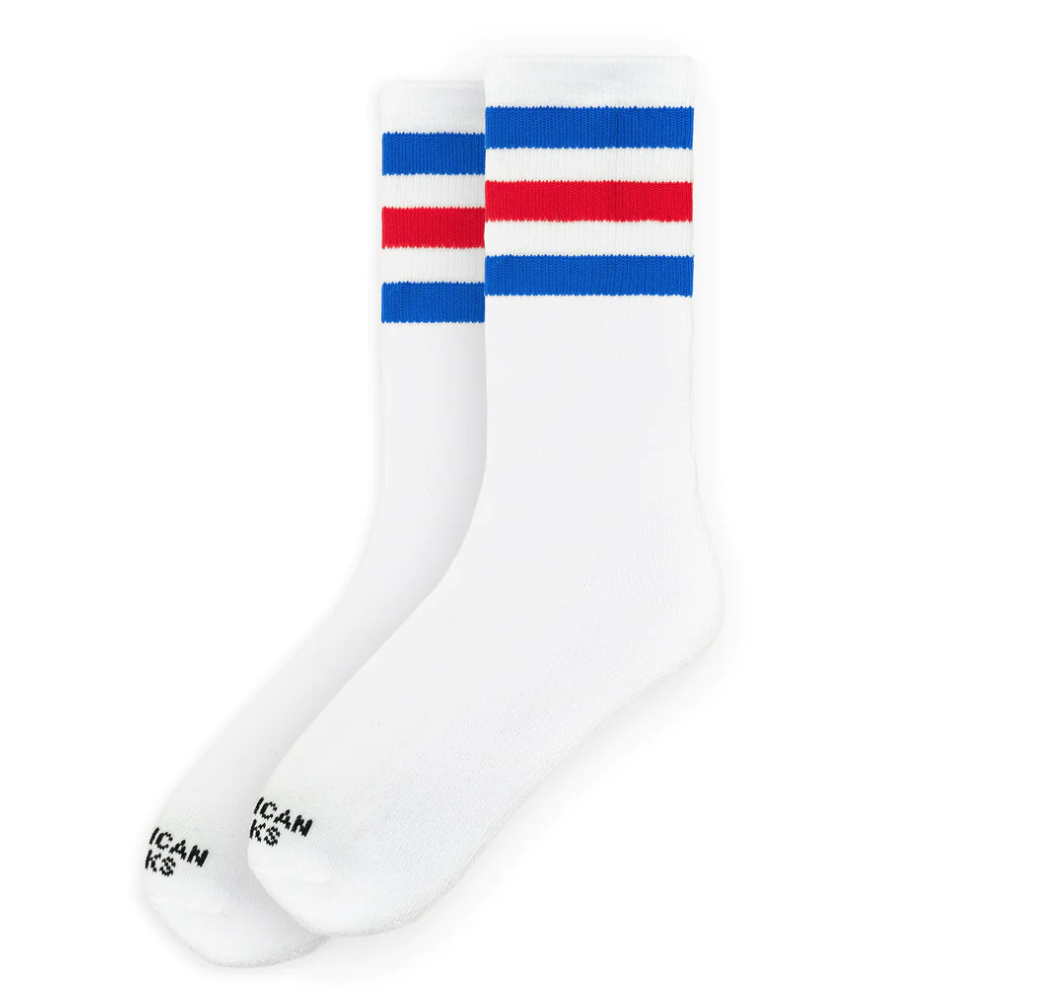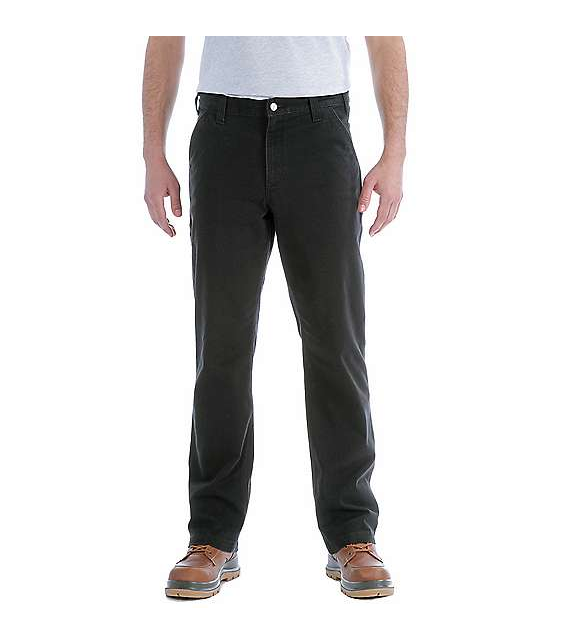The Land of the Fujiyama
| Color | |
|---|---|
| Brand | |
| Season | |
| Supplier | Mickey Oye |
| Size | XXS, XXXXL, XS, S, M, L, XL, XXL, XXXL |
| Kleding | XXS, XS, S, M, L, XL, XXL, XXXL, XXXXL |
Due to Japan’s close connection with Hawaii, Japanese designs of kimono fabrics have been used for Aloha Shirts since the 1920s. The Land of the Fujiyama Shirt represents typical Japanese motifs.
Straight cut
100% Viskose / Rayon
Short sleeve
Coconut buttons
Special packaging
Made in Germany
Size reference: size M at 185 cm / 87 kg
History is rarely a straightforward affair. And as it turns out the history of the Aloha shirt is just as colourful as the shirts themselves.
When James Cook first landed on Hawai’i in the late 18th century he certainly didn’t see any shirts. The men simply wore loincloths, or malos, while women wore very simply dresses, or Pa’us. The first western clothes were imported by missionaries in the following years.
?
The first important step toward the Aloha shirt as we know it came through Japanese and Chinese immigrants that worked on islands’ plantations – e.g. sugar canes, rice and pineapple. Many of these newcomers chose to stay in Hawai’i, devising businesses to cater to the growing number of migrants – for example by tailoring clothes. By the 19th century 95 per cent of all Hawai’ian tailor shops were run by Japanese and Chinese. Using fine fabrics they created traditional kimonos and yukatas, printed with the traditional designs they knew from home.
The first mention of Aloha shirt dates back to a newspaper ad from 1935. By this time tourism had quickly established itself across the islands, and Aloha became the catchphrase to lure them there. (It still is.) That the Aloha shirt became a staple of fashion around the world is thanks to an early form of influencer marketing: Truman and Eisenhower, Sinatra and Elvis were photographed wearing them, starting a craze that ebbed







